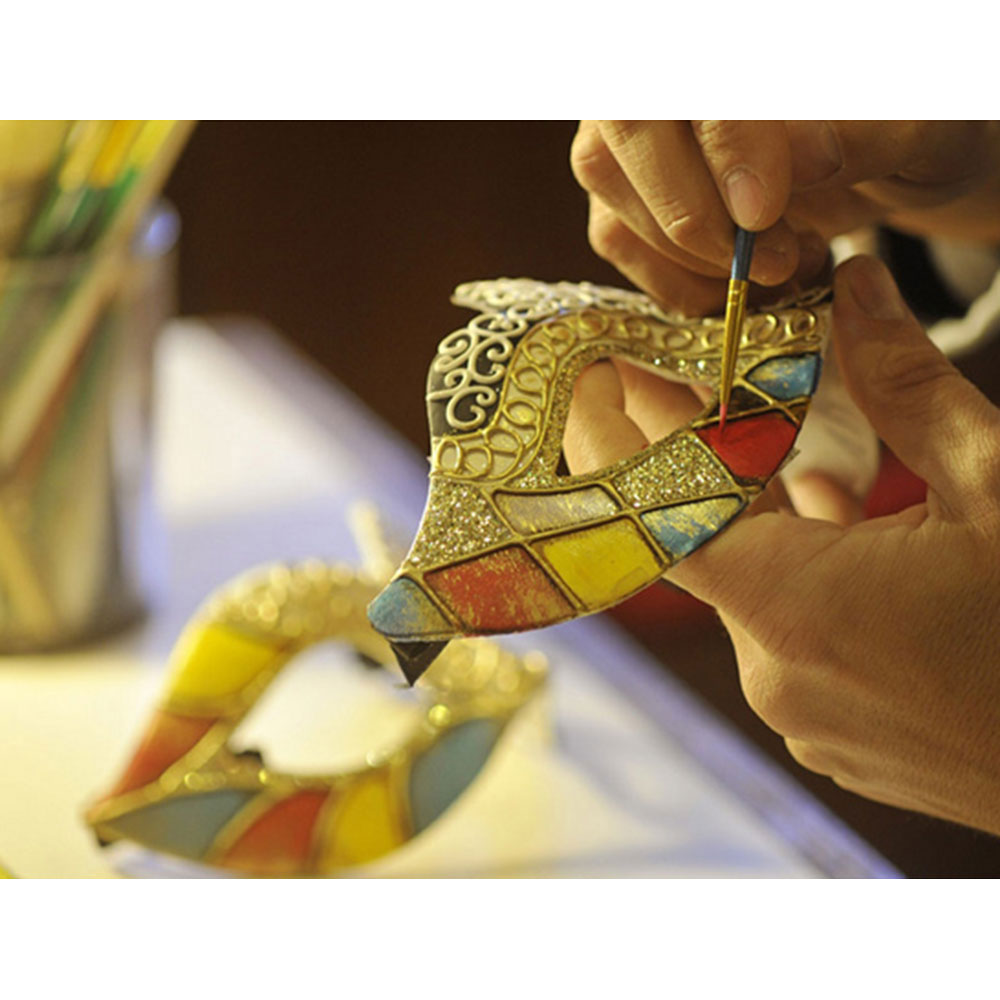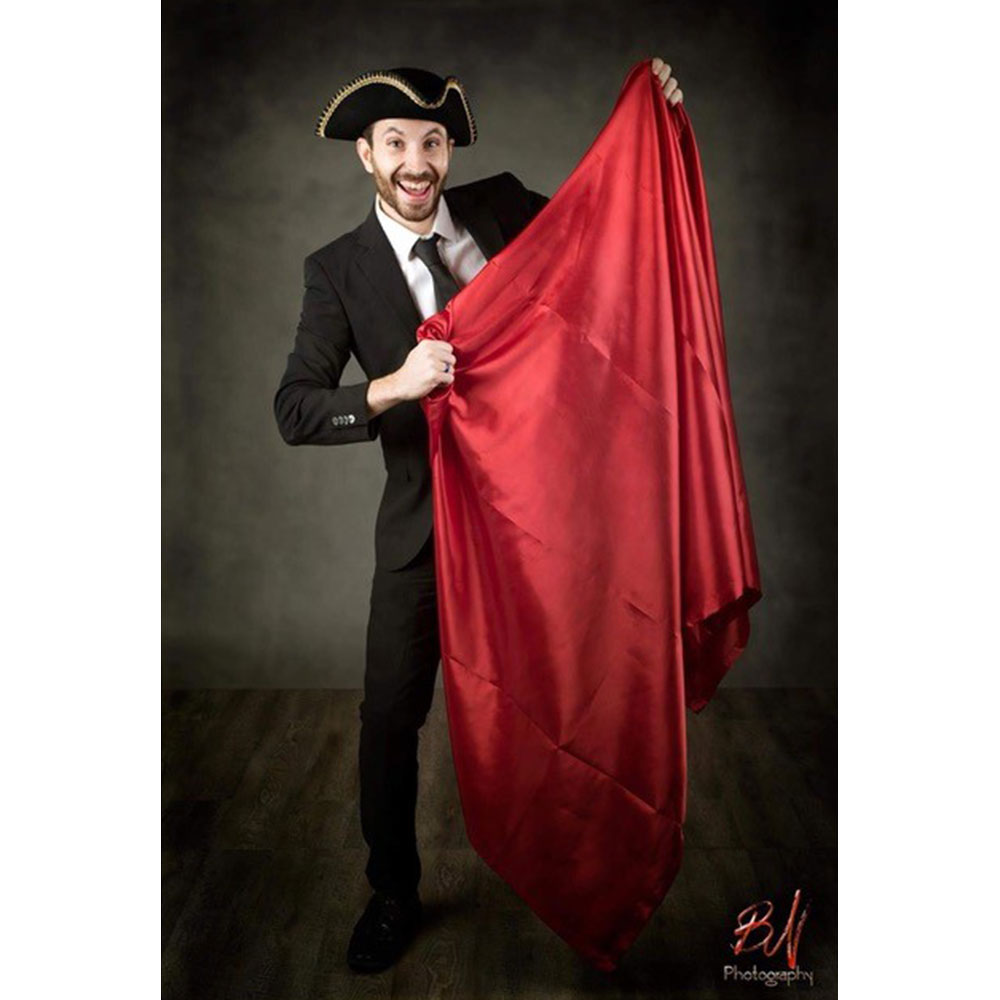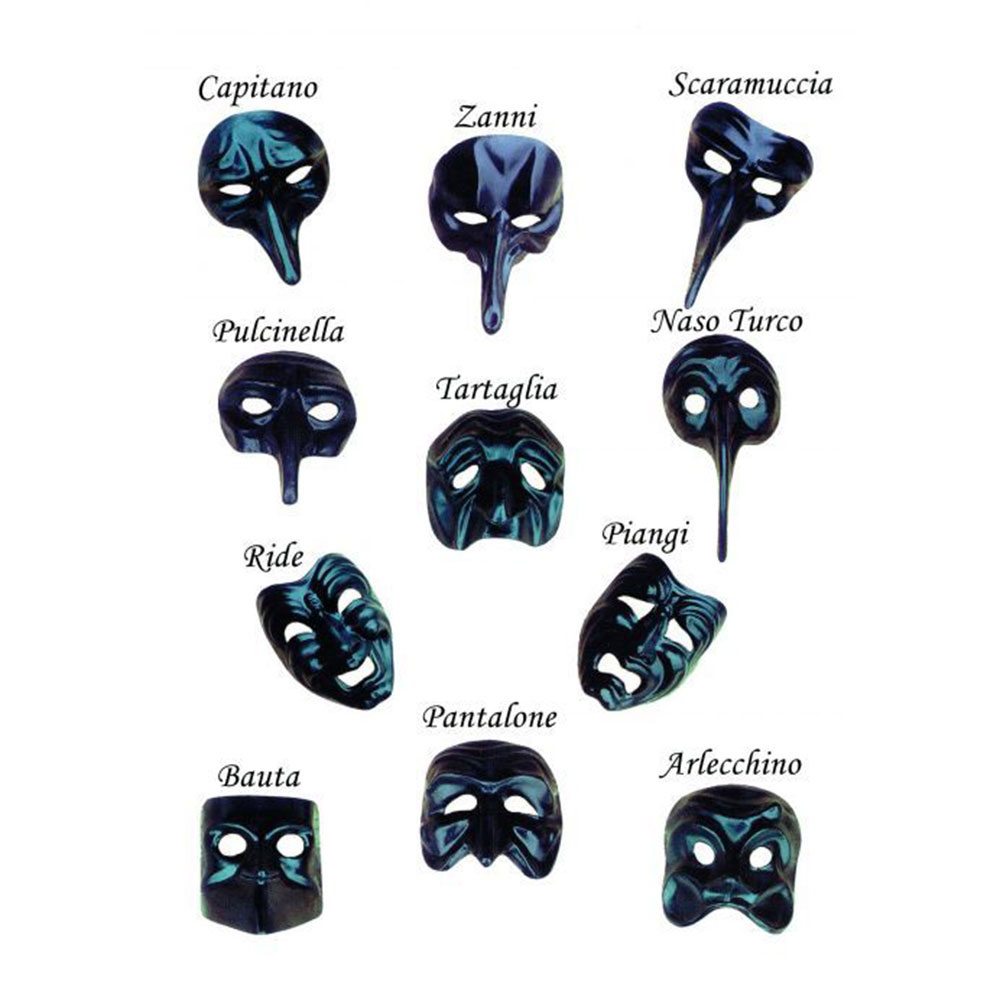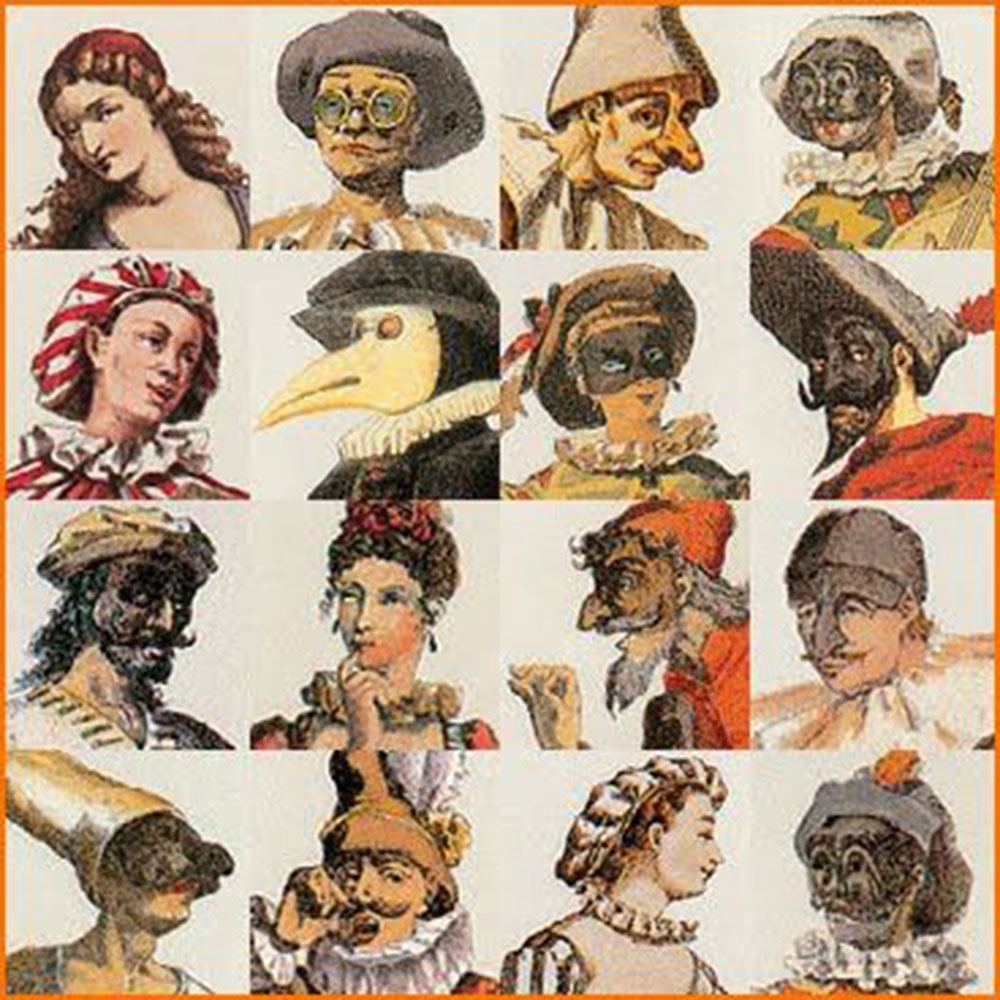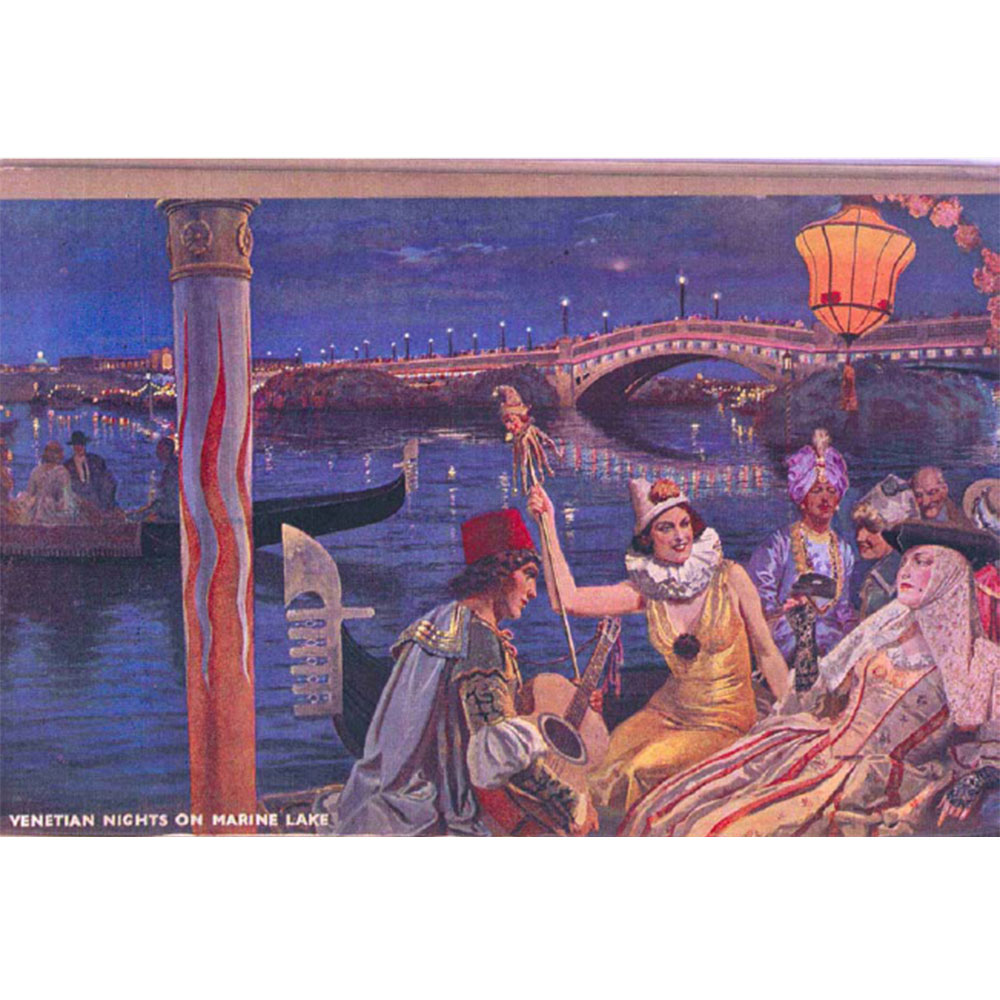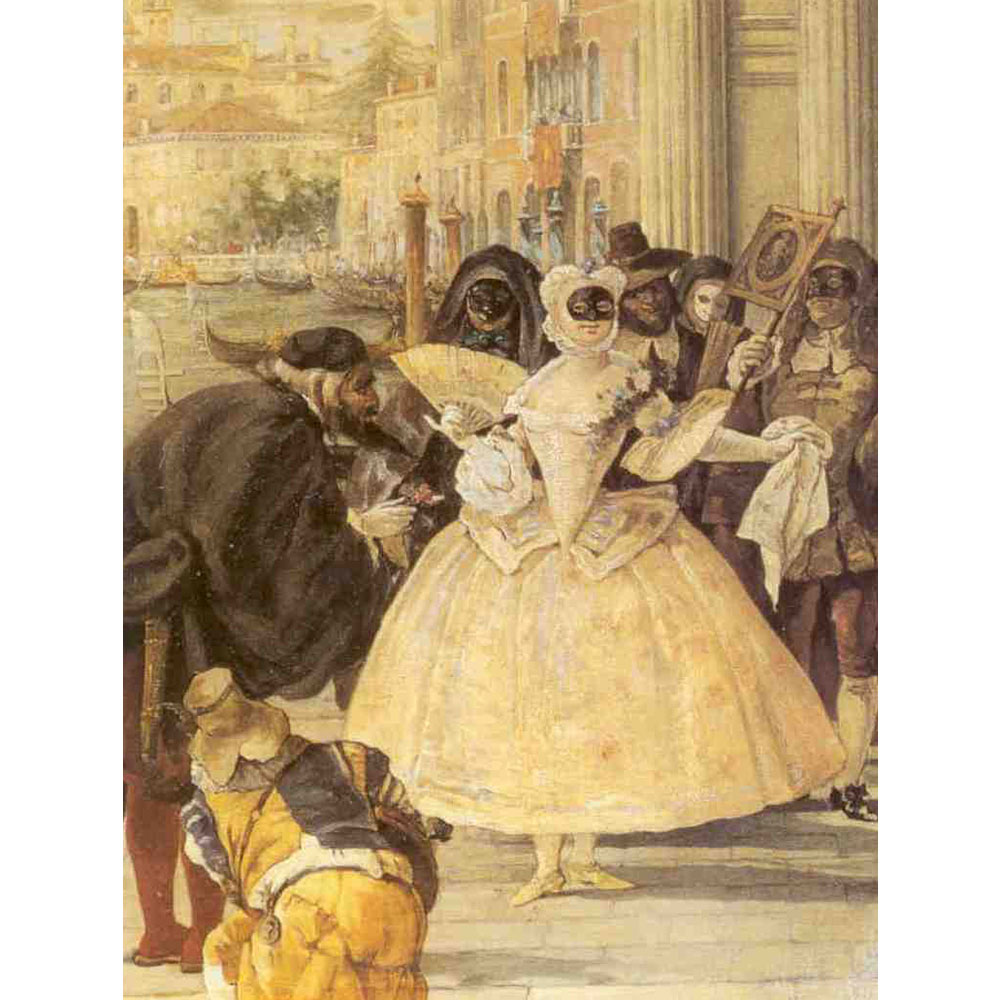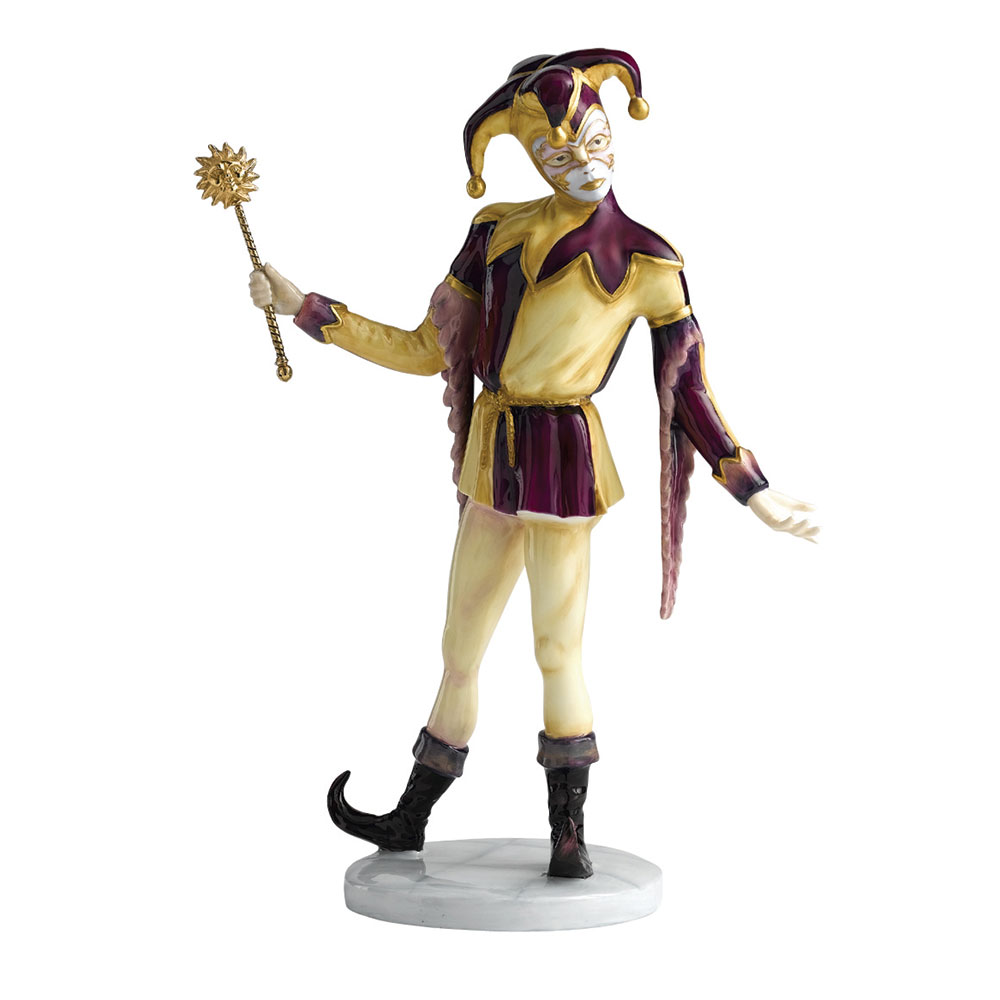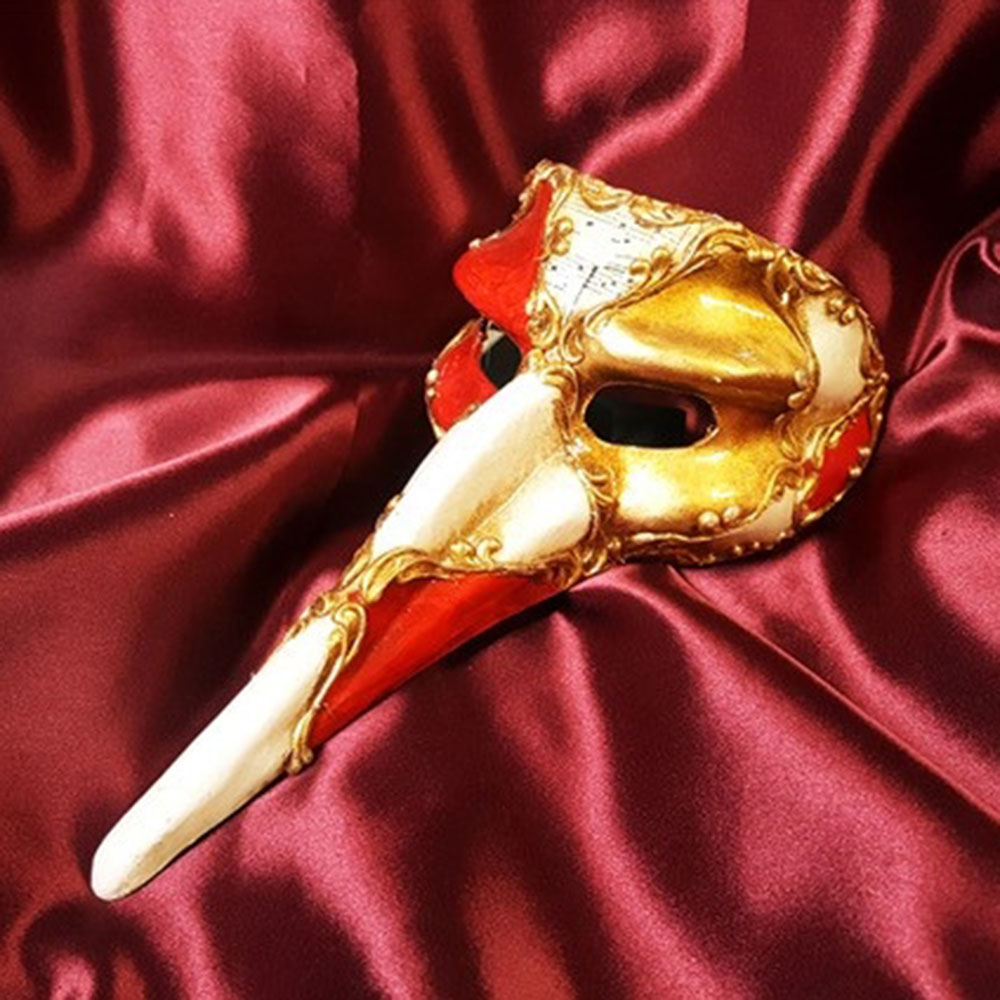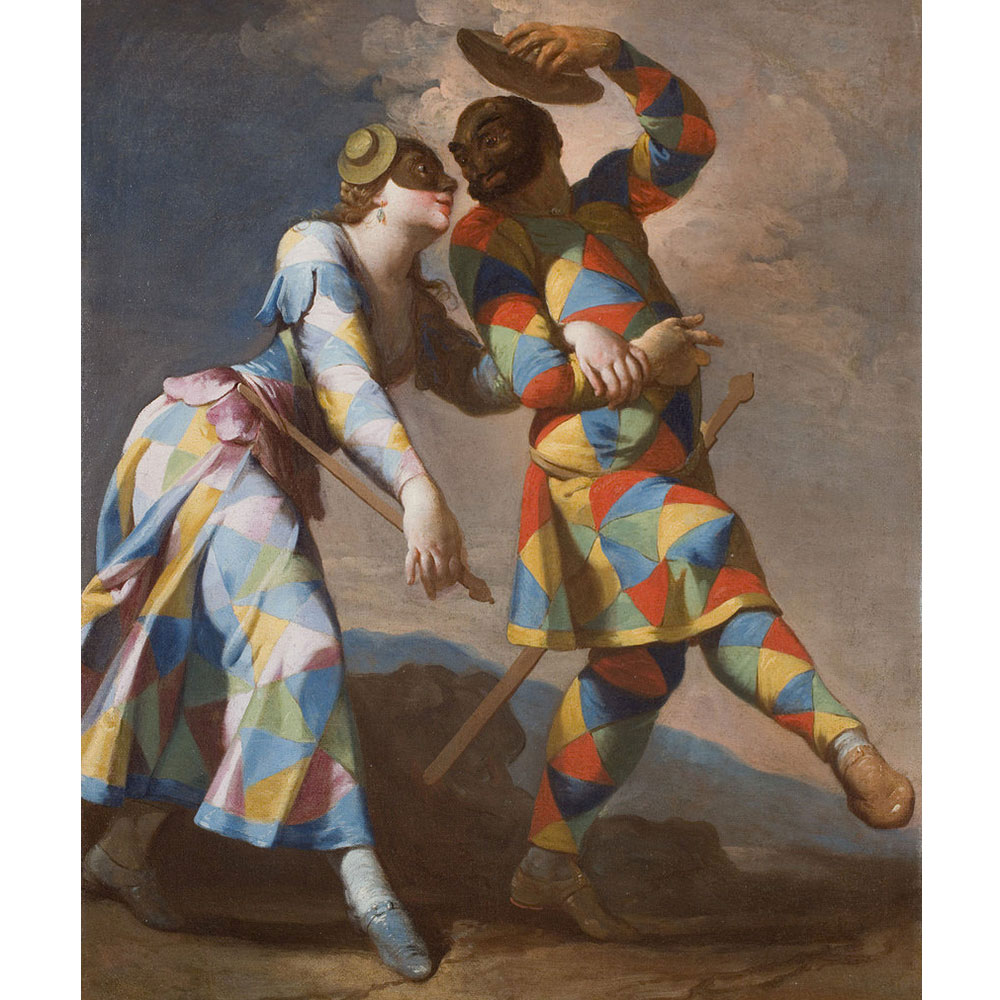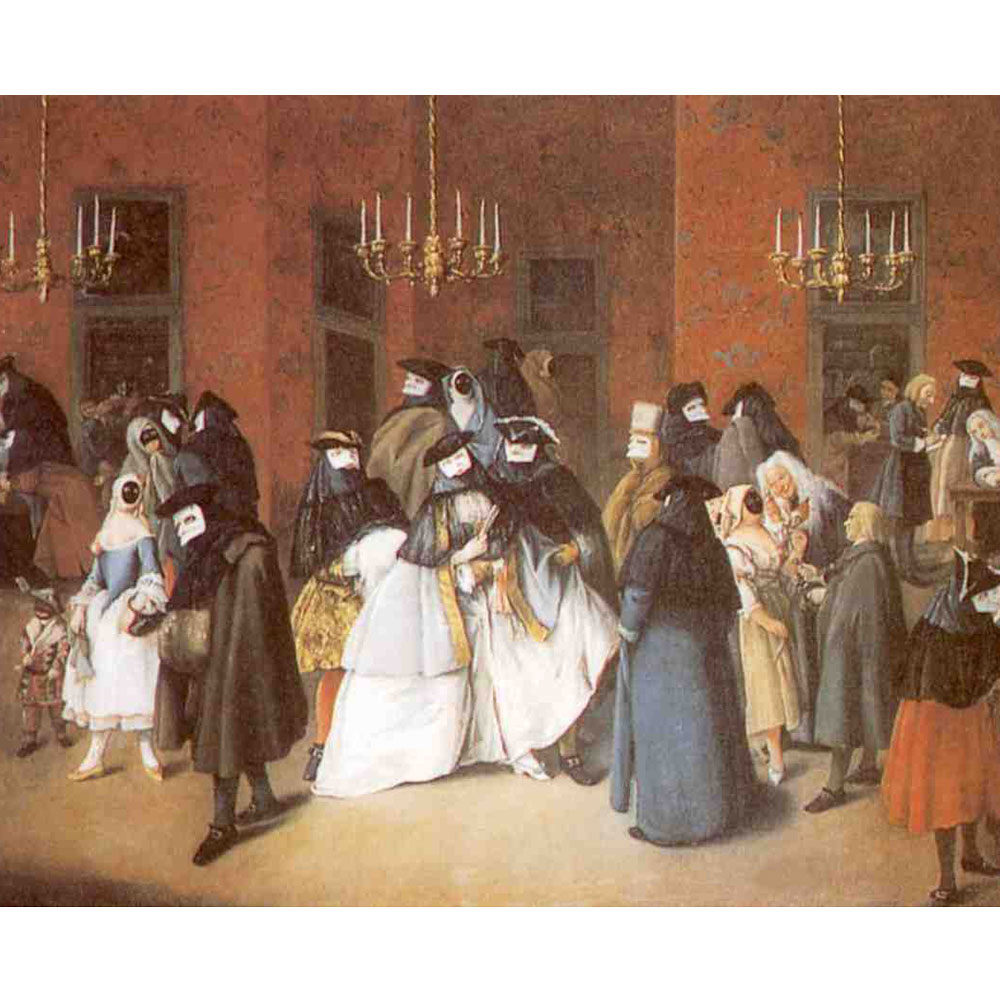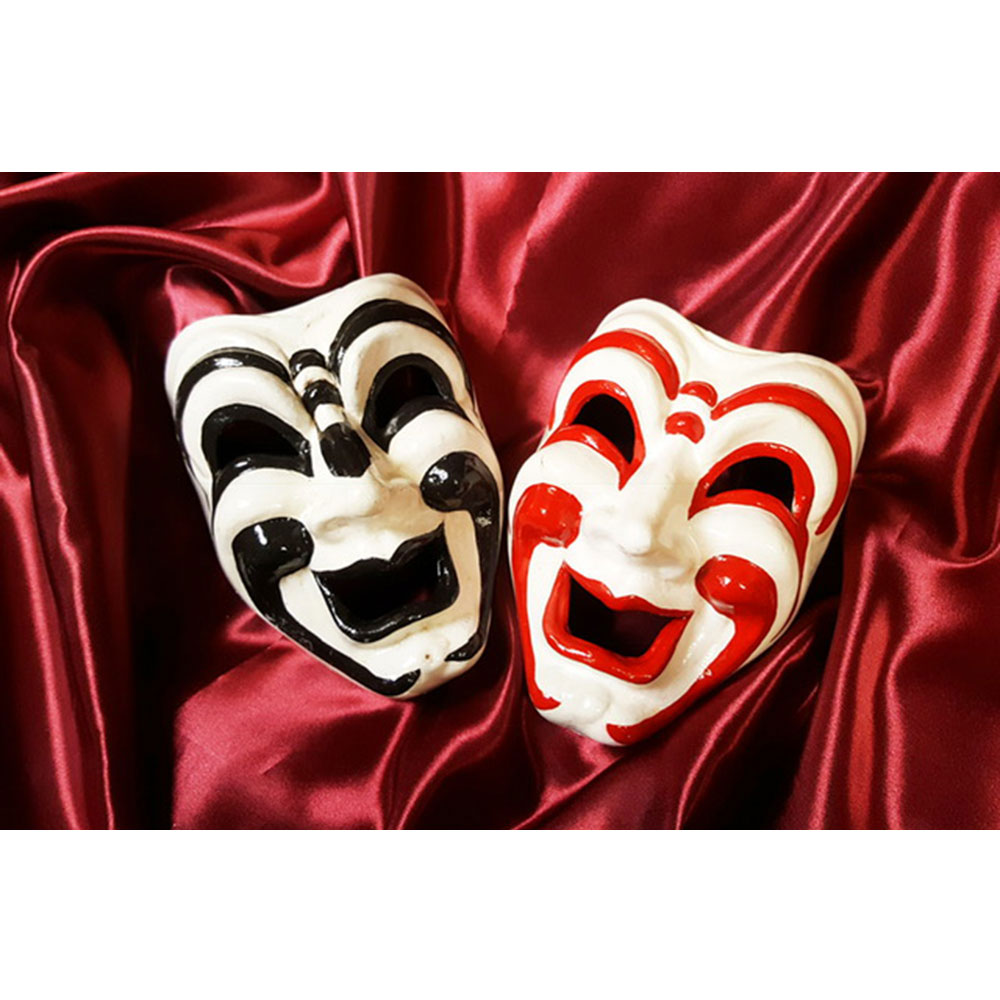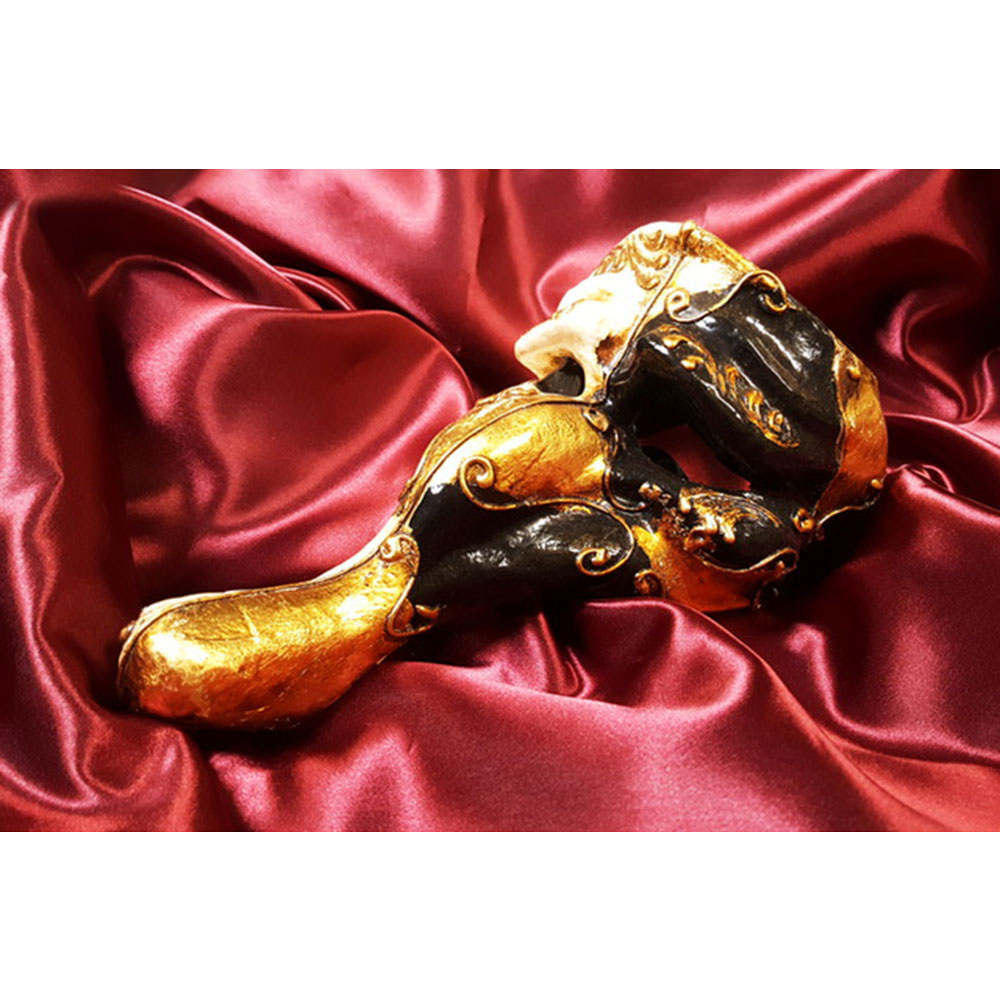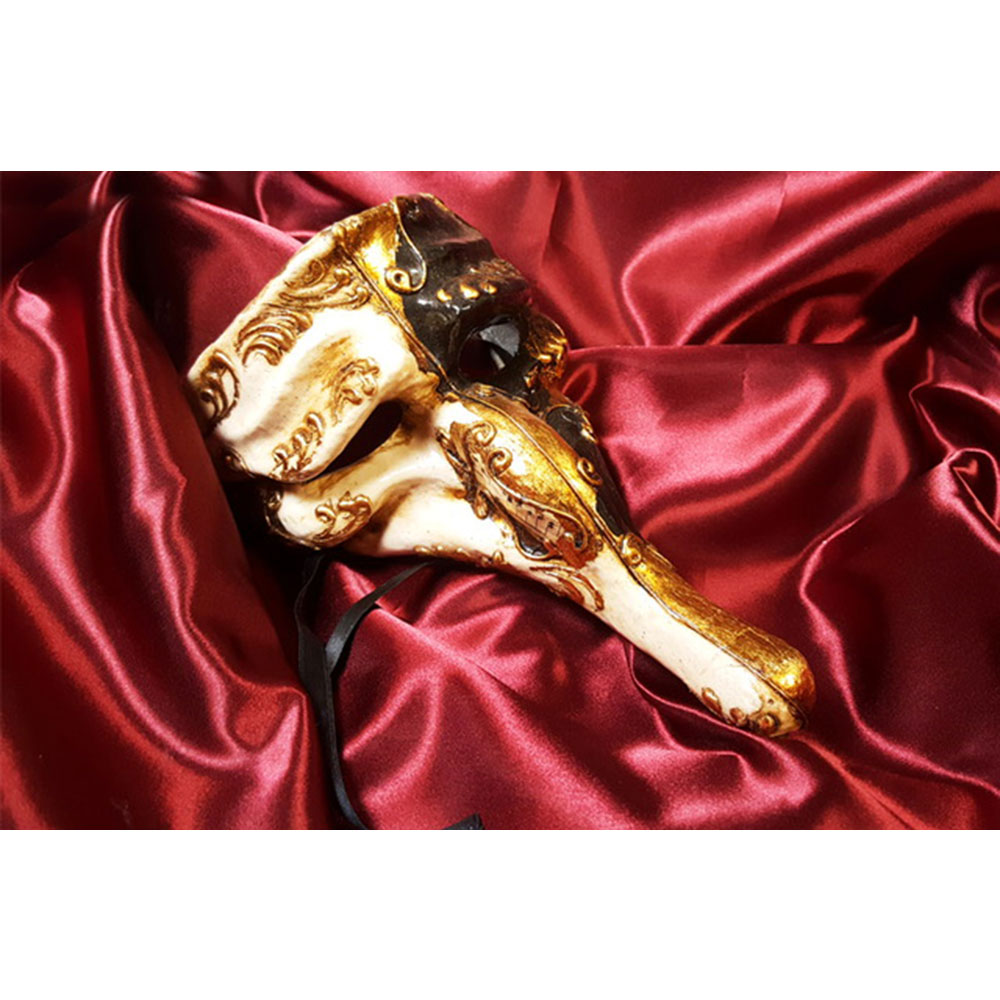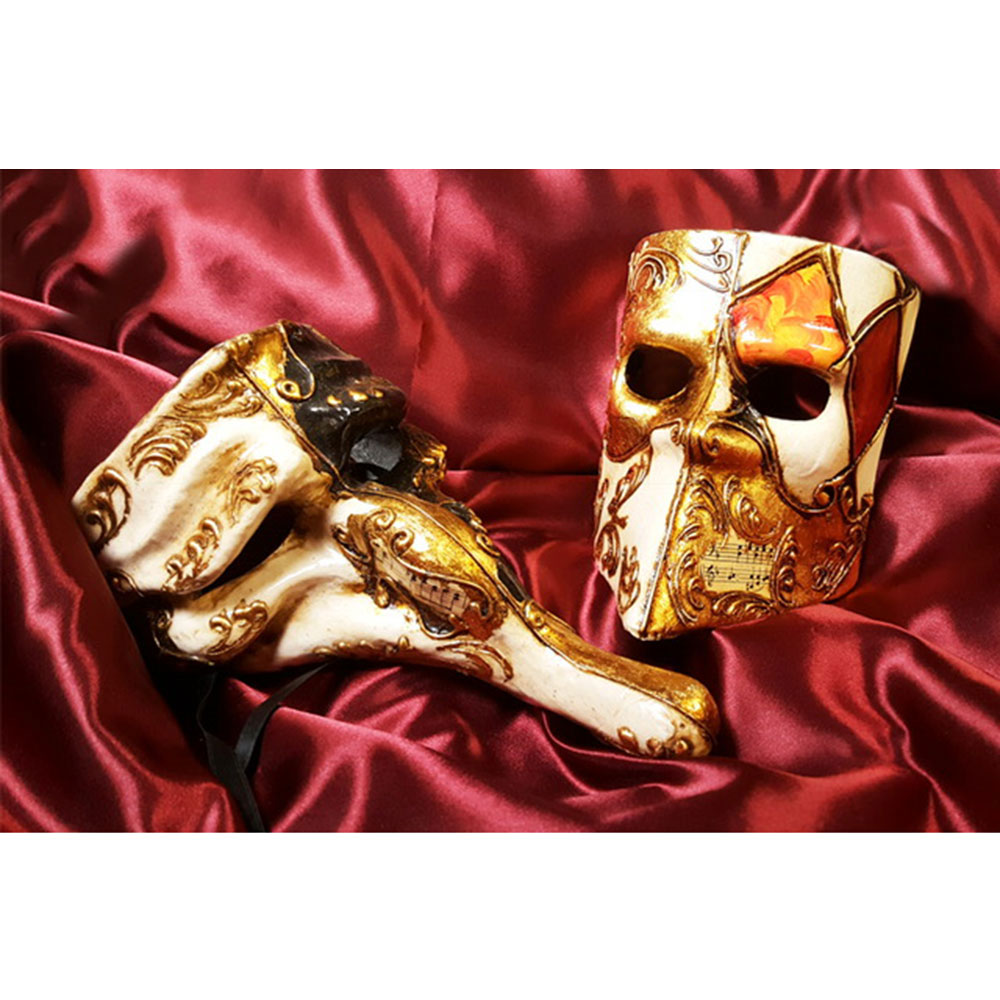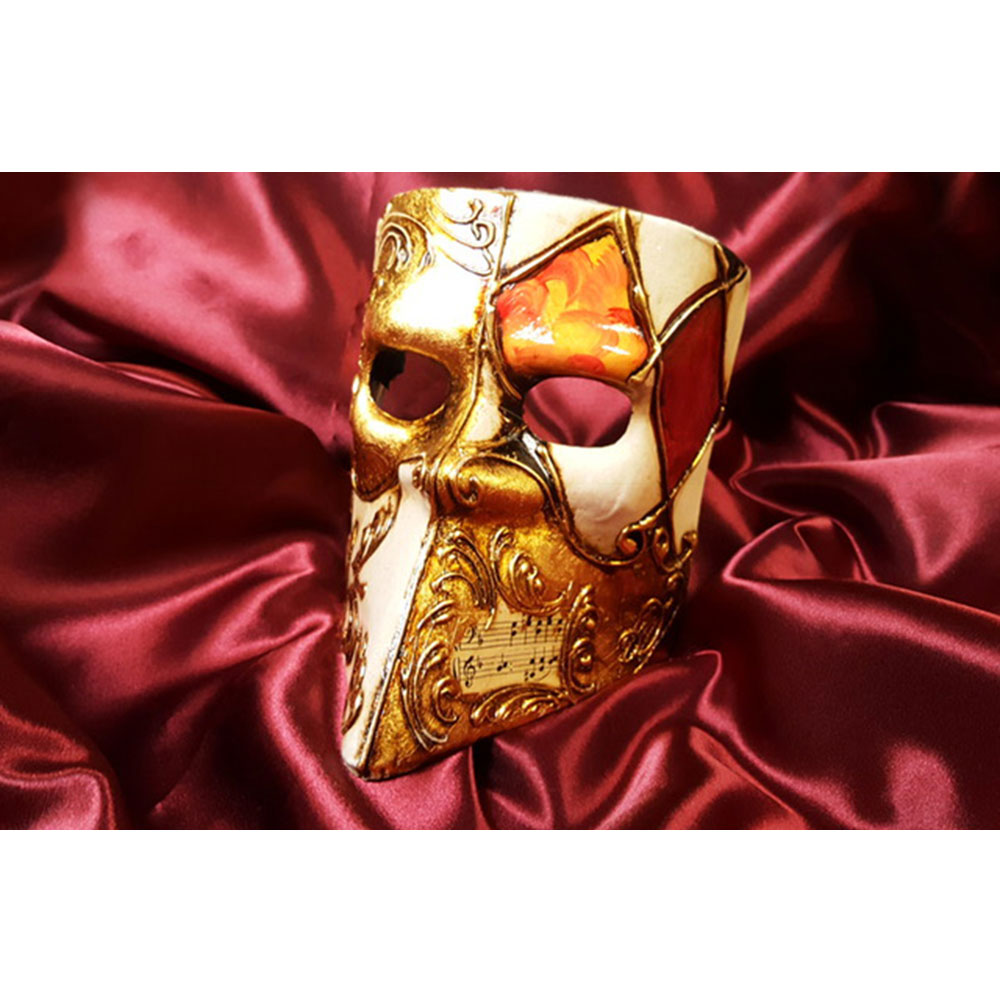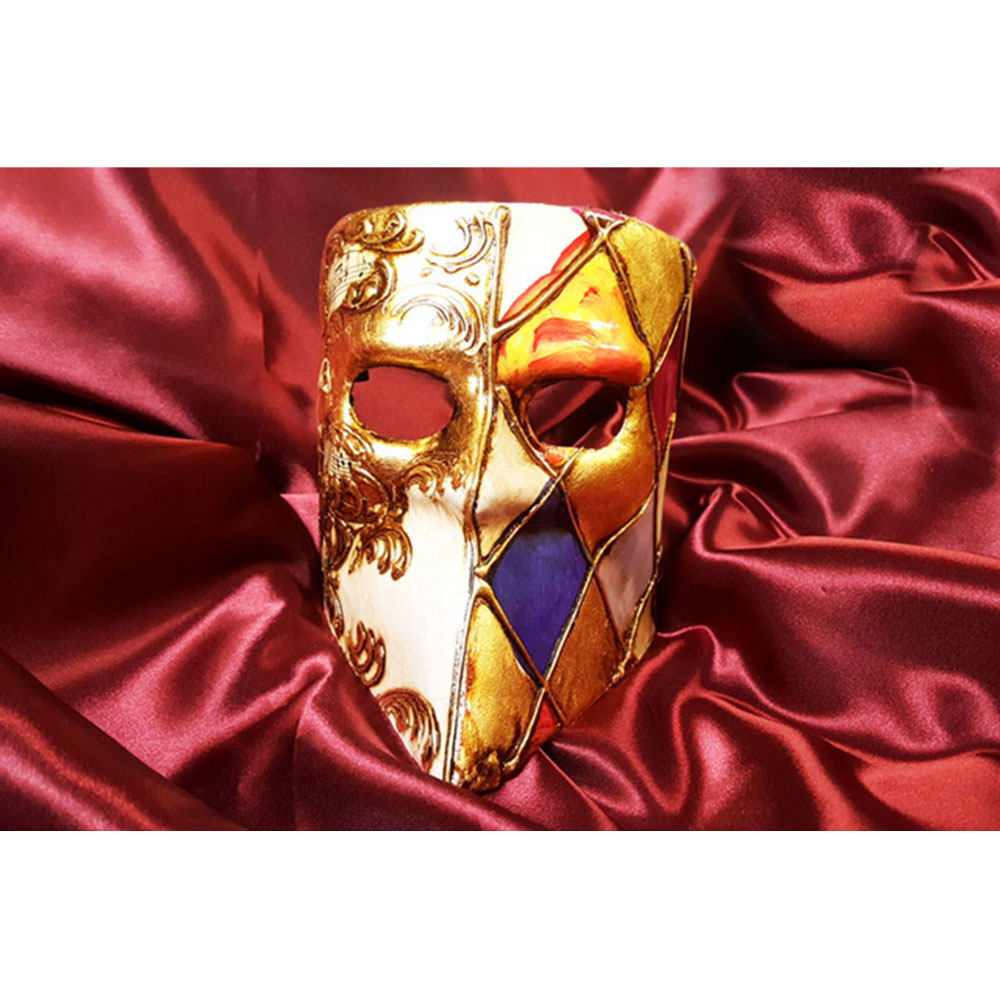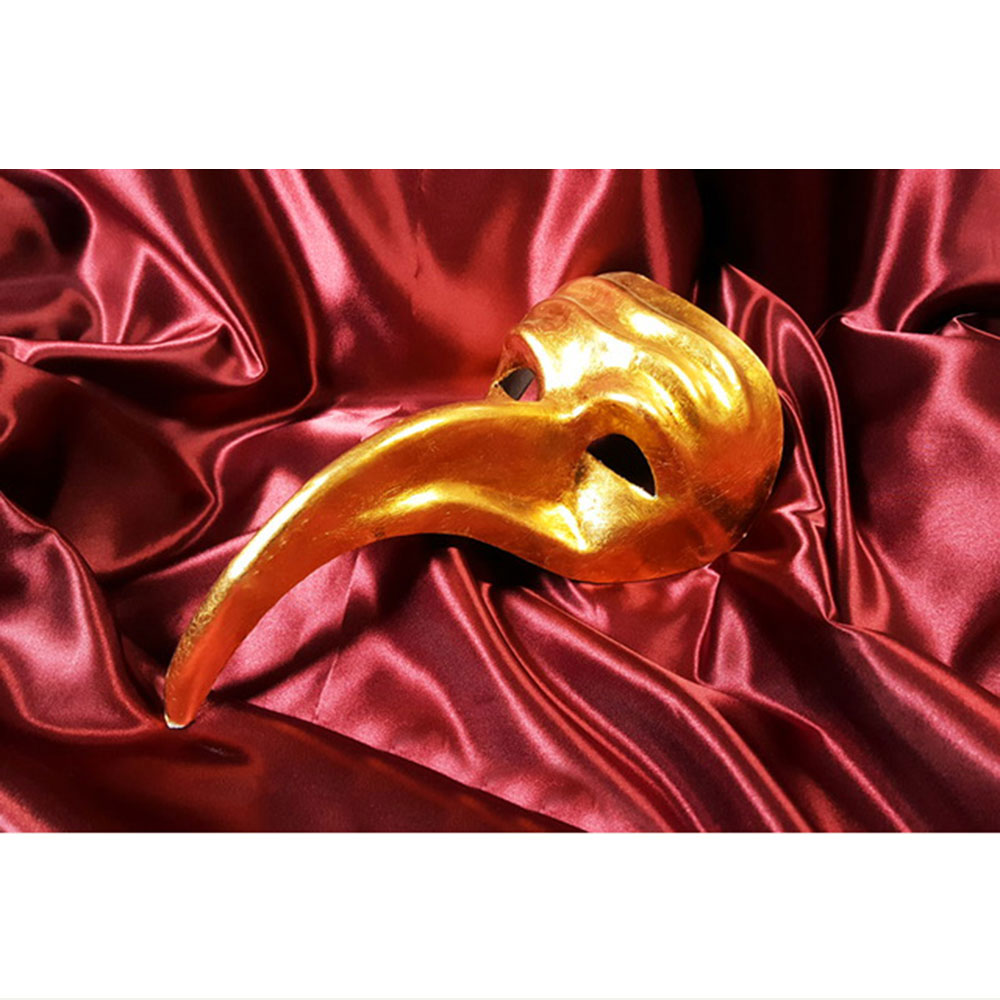Balocoloc is represented in the USA by Giorgio Lurcotta, who came to Florida from his native Venice in 2001 to introduce his family’s company. With his team, he hand-crafts exquisite papier-mâché masks at his shop in Orlando. He is a true Venetian mask artisan and is part of a centuries-old tradition that is as colorful as carnival itself.
The wearing of masks in Venice was already well established when the mascherari or mask makers were officially recognized with their own guild in 1436 and the different styles of masks were defined.
The bauta was originally plain white but is now often heavily gilded. It covers the entire face but allows the wearer to talk, eat and drink. It was usually worn by men with a cape and a tricorn hat. Another iconic Venetian mask is known as the volto, which covers the entire face and cannot be worn while eating. One of the most bizarre masks is the Medico Della Peste with its long beak which was developed in the 17th century to protect the wearer from the plague.
Women wore the moretta, a black oval mask which was held in place by biting on a button, thus preventing speech. Today, women tend to wear the Colombina named after the soubrette from the Commedia dell’Arte. This beautiful half-mask is usually adorned with jewels and feathers.
Many distinctive half masks were fashioned after the Commedia dell’Arte characters, such as Arlecchino, Pulcinella and Pantalone. Typically, the masks of the Zanni (servants) have long noses, the longer they are the more stupid the servant. The dramatic masks of comedy and tragedy derive from the ancient Greek muses of drama and symbolize laughter and tears. In Venice they are known as Ridi e Piangi.
The authentic Venetian masks presented by Balocoloc are for sale in the WMODA Museum shop. All proceeds benefit the educational programs at WMODA.

